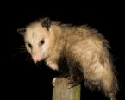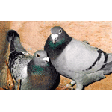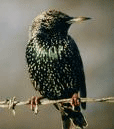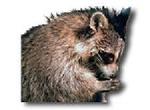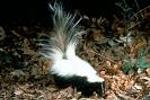Timber Rattlesnake, Eastern Massasauga Rattlesnake, Northern Copperhead
There are seventeen species of snakes native to New York State, three of which are venomous. Snakes sometimes hibernate in buildings, especially the basements of old houses with stone foundations. They enter homes through torn screens, open basement windows, cracks in the foundation, or through gaps next to pipe and cable entrances. Snakes will follow their prey, which may include rodents, amphibians, and insects, into cellars, crawl spaces, attics, sheds and garages. Snakes may also be found in wood piles, under shrubs and under debris. A bite from one of the nonvenomous species of snakes, is rarely painful or results in any medical complications, with the exception of the Northern Water Snake, which is known for its nasty bite. If bitten by one of New York's venomous species of snakes, you should remain calm and get immediate medical attention.




